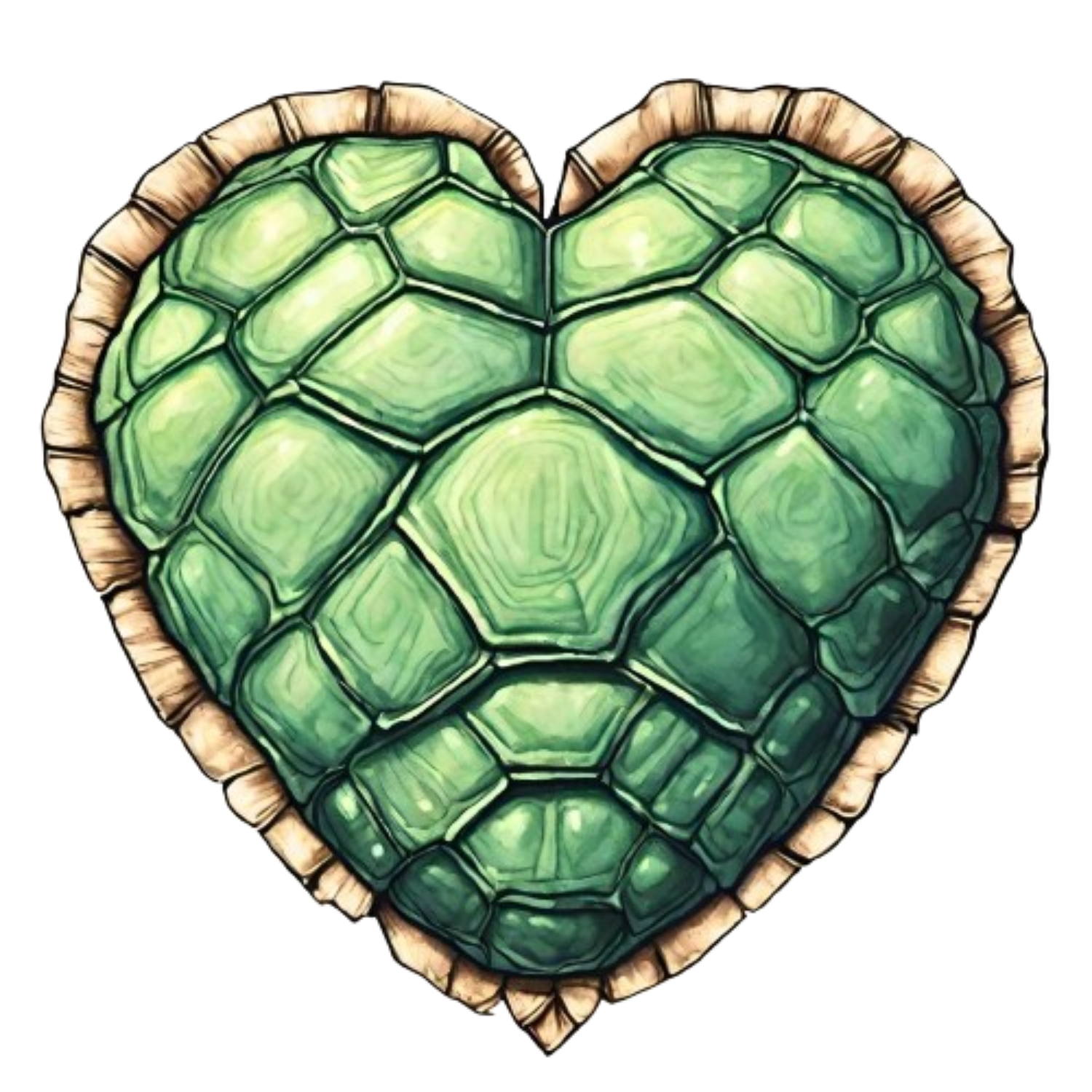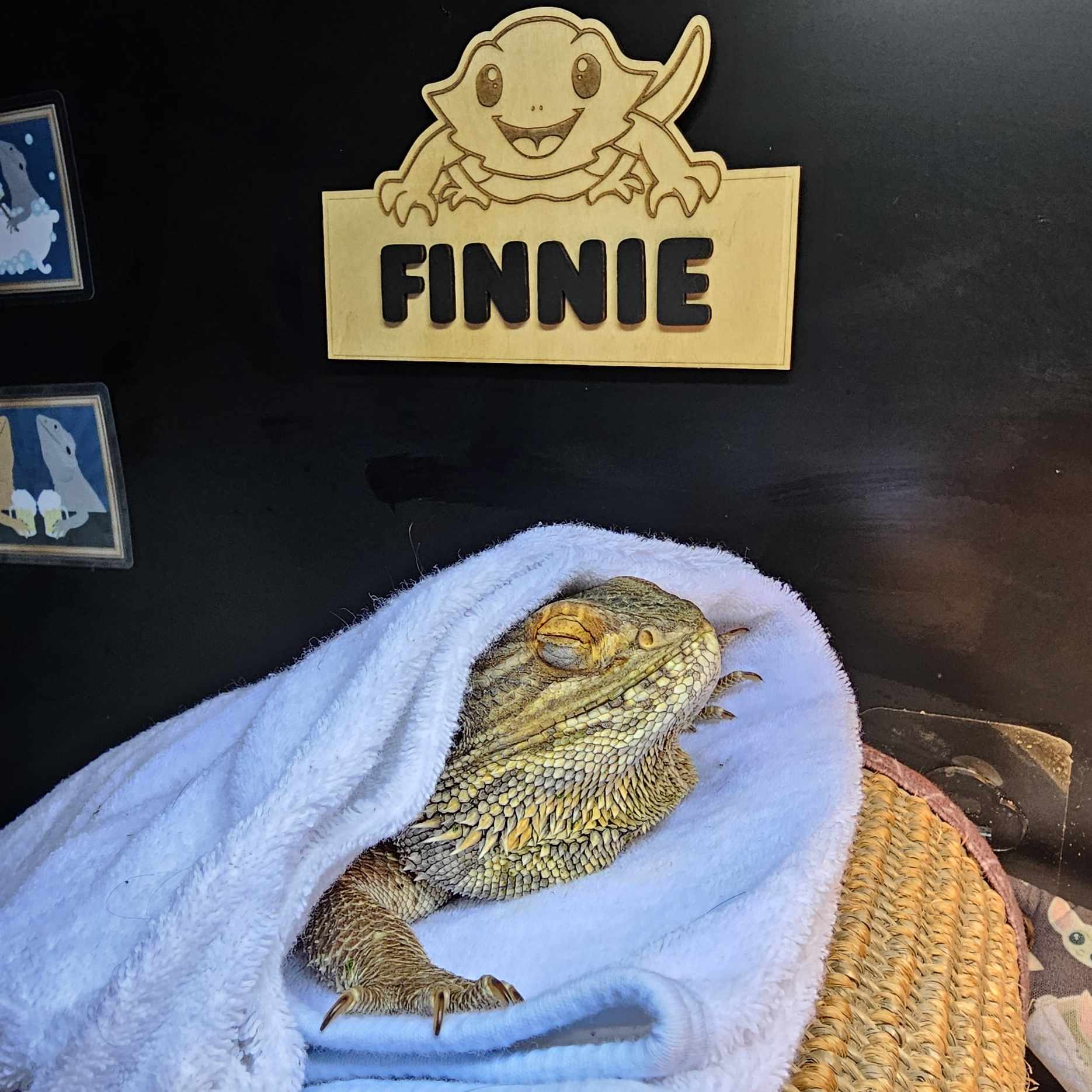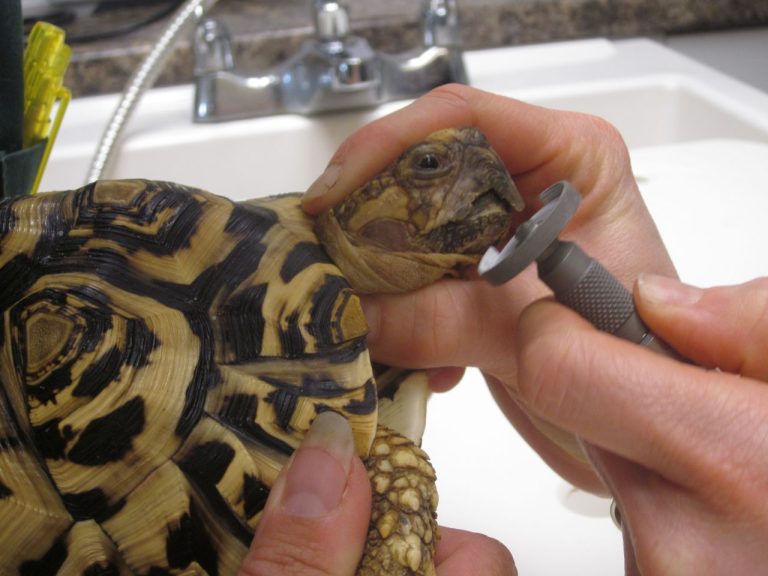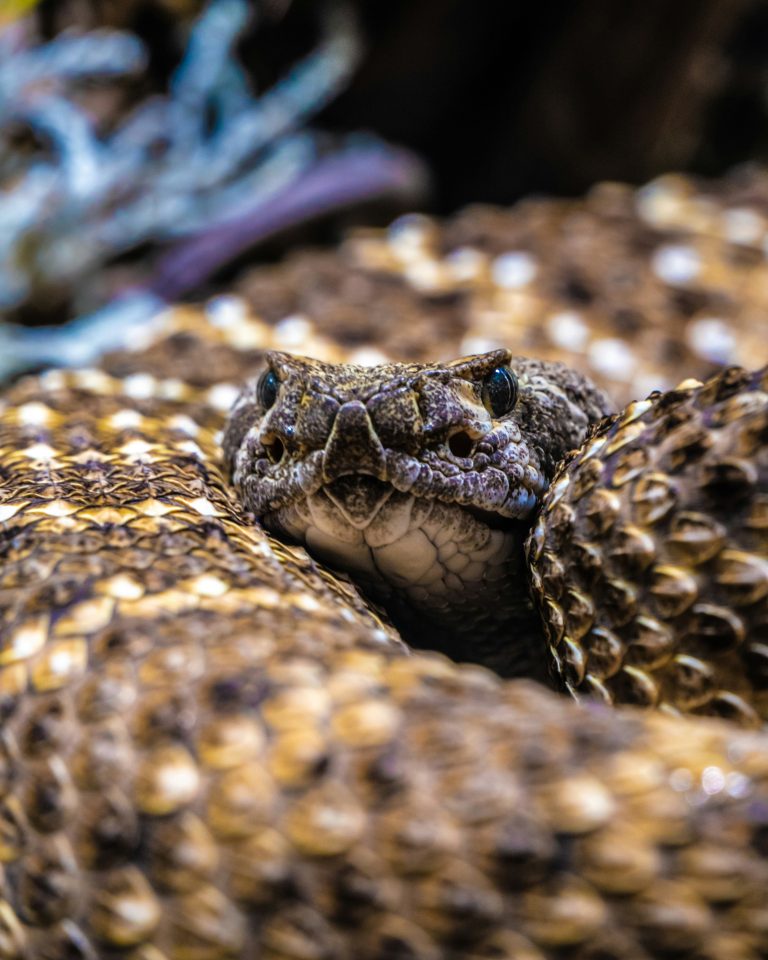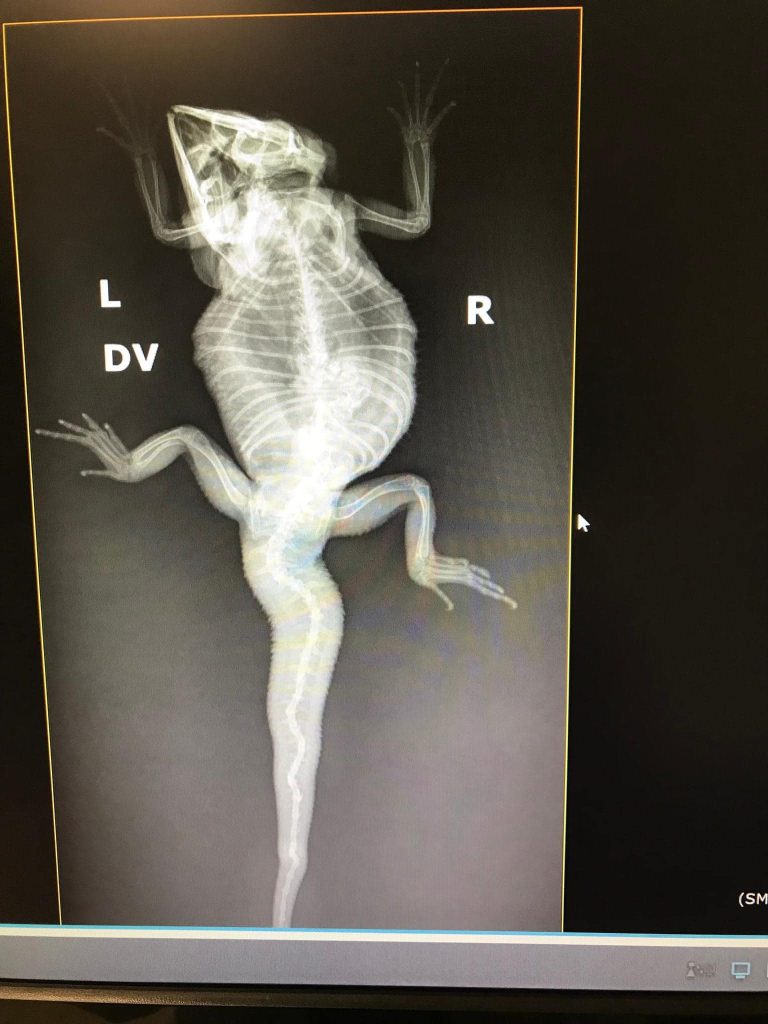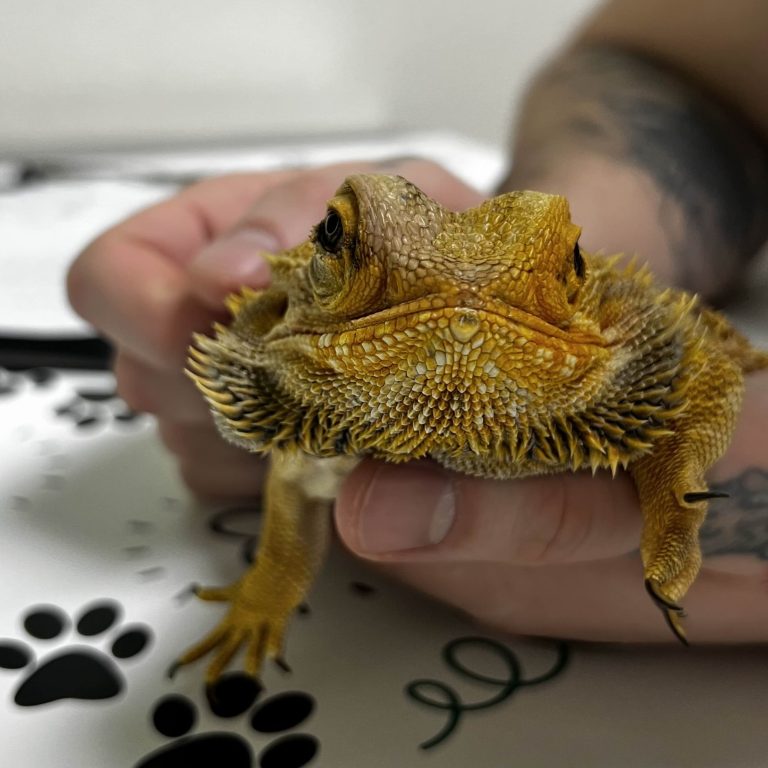How to Tell if Your Bearded Dragon’s Brumation Is Going Wrong: Warning Signs to Watch For
Brumation is a natural and essential part of your bearded dragon’s life cycle. It’s a period of dormancy, somewhat akin to hibernation, during which your dragon’s metabolism slows down. This typically happens in the cooler months, especially if your bearded dragon is exposed to natural daylight and a seasonal temperature drop. However, while brumation is a normal and healthy process for many bearded dragons, it can sometimes go…well south.
As a pet owner, it’s important to know what’s normal and what’s not when it comes to brumation. While some changes in behavior are to be expected, certain warning signs can indicate that something is wrong. In this blog, we’ll cover the common signs that brumation may be going wrong and what you can do to help your bearded dragon.
1. Excessive Lethargy: Too many Zzzs
During brumation, it’s completely normal for your bearded dragon to sleep more and reduce activity. However, if your dragon seems too lethargic or unresponsive, it might be more than just brumation. It’s important to observe how your dragon behaves during this period.
What’s normal? A bearded dragon will typically sleep for extended periods but may still wake up briefly to drink, bask, or move around. If your dragon is completely unresponsive or isn’t moving at all, even when handled, it could be a sign of something more serious, such as an underlying infection or parasite issue.
What to do? If you notice excessive lethargy, try offering your bearded dragon water and checking their temperature and environment. If they don’t respond, it may be time to consult a reptile vet.
2. Not Eating or Drinking: No Fasting here!
Brumation often involves a reduced appetite or complete fasting, but this doesn’t mean your bearded dragon should go without water for extended periods. While a dragon might not eat much during brumation, they still need hydration.
What’s normal? It’s typical for a bearded dragon to lose interest in food during brumation, but they may still drink water occasionally. If your dragon stops drinking altogether, it could lead to dehydration.
What to do? Offer your dragon water regularly. You can also soak them in a shallow dish of water to encourage drinking and hydration. If they continue to refuse water for a prolonged period, contact your vet to ensure there isn’t a more serious underlying health issue.
3. Sudden Weight Loss: Could It Be a Health Concern?
Some weight loss is normal during brumation, but if your bearded dragon is losing a significant amount of weight even before entering the brumation period, this could be a sign of a serious health problem. It would be helpful to weigh your bearded dragon periodically. Check out this blog for the normal timeline of brumation.
What’s normal? A slight decrease in weight is typical as your dragon’s metabolism slows. However, if your dragon appears emaciated or continues to lose weight even after the brumation period ends, it could indicate issues like parasites, poor nutrition, or metabolic bone disease.
What to do? Monitor your dragon’s weight carefully before, during, and after brumation. If you notice drastic weight loss or if your dragon seems abnormally thin, schedule a visit with your vet for a full health checkup.
4. Abnormal Droppings: Pay Attention to Changes in Stool
Changes in your bearded dragon’s droppings can be expected during brumation due to reduced food intake. However, abnormal stool—such as diarrhea, blood, or a complete lack of droppings for extended periods—can be a warning sign of health issues.
What’s normal? During brumation, your bearded dragon may produce fewer droppings, and they may be smaller in size. However, they should still pass waste regularly. If your dragon hasn’t gone to the bathroom in a couple of weeks or if their stool looks unusual, it could indicate dehydration, impaction, or infection.
What to do? If your bearded dragon isn’t pooping for weeks, try soaking them in warm water to stimulate bowel movements. If this doesn’t work or if you notice blood in the stool, consult a vet right away.
5. Breathing Problems: Not a Part of Brumation
Bearded dragons should not experience any difficulty breathing during brumation. If your dragon is showing signs of wheezing, gasping, or labored breathing, it’s not part of the brumation process and could signal a respiratory infection or other respiratory issues.
What’s normal? During brumation, a dragon might breathe more slowly or shallowly, but they should not exhibit any distress. If your dragon shows labored breathing, it’s essential to get them checked by a vet immediately.
What to do? If your dragon is having trouble breathing, take them to the vet as soon as possible for a full evaluation. Respiratory infections can worsen quickly and are serious if left untreated.
6. Unusual Behavior Upon Waking: Something Doesn’t Seem Right
When your bearded dragon wakes from brumation, they should gradually resume normal behavior, such as basking, eating, and moving around. If they are suddenly very aggressive, disoriented, or having trouble moving, it could indicate a health problem.
What’s normal? It’s normal for your dragon to be slow to wake up, but after a few days, they should begin showing interest in food and basking. If they remain lethargic, seem confused, or become unusually aggressive after waking, it could signal stress, injury, or illness.
What to do? If your dragon is acting strangely after brumation, check their environment and behavior carefully. If it continues, a visit to the vet is recommended to rule out infections or other medical issues.
7. Skin Problems: Signs of Dehydration or Nutritional Imbalance
Dry, flaky skin during brumation can be expected as your dragon’s metabolism slows. However, if their skin looks inflamed, swollen, or has open wounds, it may indicate an infection, a nutritional imbalance, or dehydration.
What’s normal? During brumation, your dragon’s skin may shed more than usual, but this should not result in serious irritation. Mild dryness or shedding is typical, but any signs of infection, redness, or sores should be addressed.
What to do? Make sure your dragon is hydrated, and if skin problems persist or worsen, consult your vet to ensure there isn’t a vitamin or mineral deficiency at play.
8. Environmental Factors: Temperature and Lighting Issues
Brumation is heavily influenced by environmental factors, particularly temperature and lighting. If your dragon’s enclosure is too warm or too cold, or if they are not receiving proper UVB exposure, it can disrupt their brumation cycle.
What’s normal? During brumation, your dragon will seek cooler areas to sleep. However, the temperature in the enclosure should still be regulated. The cool side of the tank should be around 75-80°F, and the basking spot should reach 95-100°F. UVB light should still be provided to maintain health.
What to do? Ensure your dragon’s enclosure is set up correctly for brumation. Double-check that the temperatures are within the appropriate range and that UVB lights are functioning properly. A thermostat or thermometer can help you monitor the environment more accurately.
Conclusion: How to Help Your Bearded Dragon Through Brumation
Brumation can be a tricky period for both bearded dragons and their owners. It’s important to monitor your dragon’s behavior carefully and make sure their environment is conducive to a healthy brumation cycle. While some changes in activity, appetite, and behavior are to be expected, keep an eye out for any signs of distress or abnormality. If you notice any of the warning signs mentioned above, don’t hesitate to seek help from a reptile vet.
By understanding what’s normal and what’s not during brumation, you can ensure your bearded dragon stays healthy and happy throughout the cooler months.
